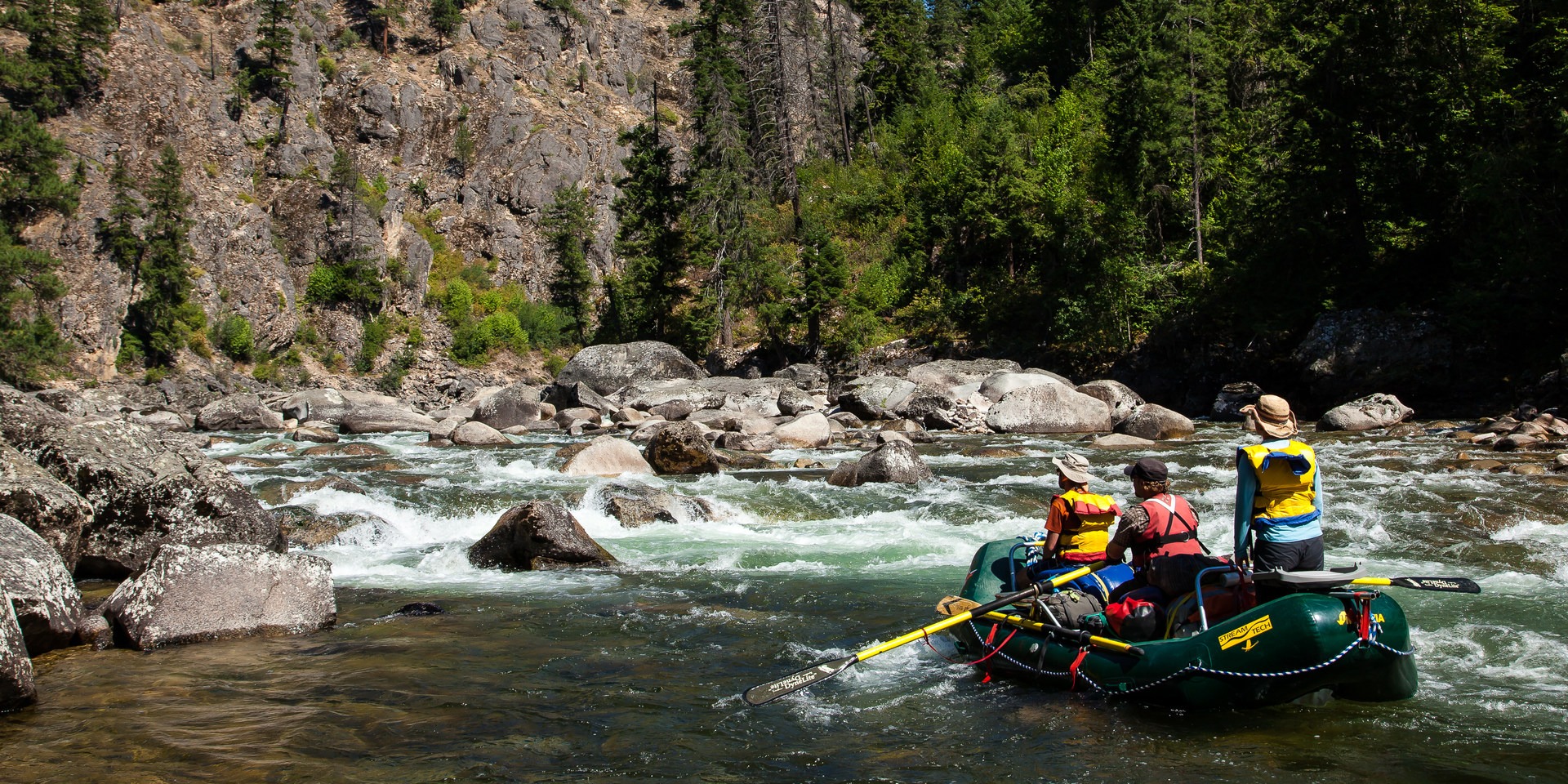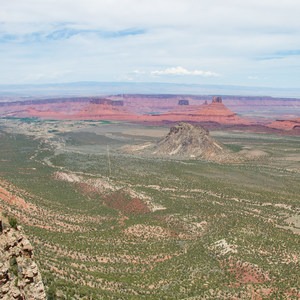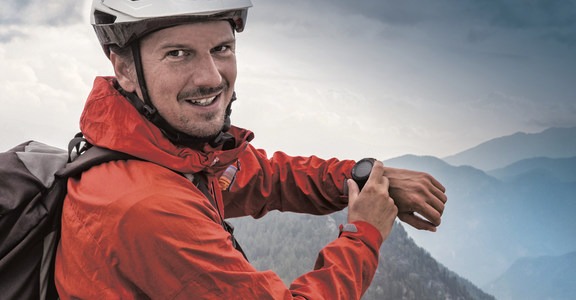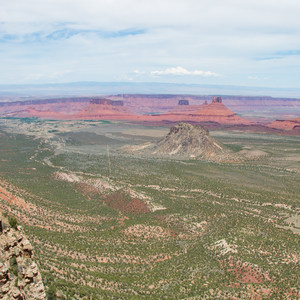You are here
The Selway is an extraordinarily dynamic river that, depending on the time of year, the snowpack from the previous winter, the fire season, or the prevailing weather patterns, may alternately terrify or calmly cradle river runners lucky enough to float its waters. Spring flows turn sections of this river into churning, frothy, ice-cold Class IV+ hydraulics that are rendered exponentially more hazardous by the remote and frigid context the Bitterroot Mountains provide. Meet the Selway on the other end of the boating season, however, after the small suns of arrow-leaf balsamroot have withered in summer’s relentless heat and the rattlesnakes look for shade, and the Selway is a warm, low-flow puzzle that obstructs the routes of even the most agile and attentive boater. Floating the river somewhere in the middle, usually from mid-June to mid-July, is a sweet spot; intermediate flows keep the major rapids exciting and keep the boats moving through miles of crystal-clear mountain snowmelt.
Of course, this river is stunning at whichever stage it is in, as it should be when a river is as protected as the Selway has been. Though the Selway was one of the original eight rivers officially protected as Wild and Scenic in 1968, the wilderness area has been recognized as a place worth preserving as early as 1897, when it was called the Bitterroot Forest Reserve. While not a totally pristine wilderness, as the float passes several ranches and landing strips which all have their own charms, the Selway has benefited enormously from more than a century of careful preservation.
As a result, your river tour is also a portal into a healthy Rocky Mountain ecosystem. As you drift through this small portion of the third largest wilderness in the continental U.S., look for elk, moose, deer, bear, osprey, golden and bald eagles, wolves, and river otters, or catch and release rainbow, cutthroat, and bull trout or the occasional Chinook or steelhead. Note the landscape that has been scarred by recent forest fires that were mostly lightening-caused and as much a part of the ecology as the winter snow. Enjoy the clear skies (out of fire season!), and maybe even drink the water. Know that, because the Forest Service allows only one 16-person boat launch per day during the permit season, you probably won’t see another group during your trip.
The downside to all of the privacy you will enjoy on the river is the reality that getting a permit to run the Selway during the main boating season is extremely difficult. Of course, booking a trip with one of the four commercial guiding companies licensed to run the Selway is an option; images for this adventure are from several trips over the years with SOAR Northwest River Company. If you do aim to run your own trip, the Forest Service issues permits to winners of their Four Rivers Lottery (you may also apply to run the Main Salmon, Middle Fork of the Salmon, and Hells Canyon on the Snake with the same form), and statistically speaking, the chances of drawing a Selway launch date are quite low.
You can forego these lousy odds by checking regularly for cancelations during the lottery season or by launching before or after the lottery season. In both instances you would go through the Forest Service’s reservation site, Recreation.gov. Going before lottery season often means getting through miles and miles of snow covered road with a special shuttle service, not to mention enduring the vicissitudes of spring in the Bitterroots. Going after the lottery season ends often means running your boat as light as you can and still heaving your boat down the river.
Flow information on the Selway can be a little tricky. Flows at the put-in are measured on sticks in terms of feet; unfortunately, this information is not posted online. The alternate gauge is at the confluence of the Selway and Lochsa Rivers near Lowell. This is a USGS gauge that provides live, online information in cubic feet per second (cfs), however this point is 47 river miles downstream from Paradise. In the lingo of the Paradise gauge, low water trips are generally anything up to 2.5 feet, and high water trips are above 5 feet. Try this source for some translation between these two gauges.
Boating on the Selway is a serious endeavor, and extensive research is recommended. The river runs through a blessedly wild area where help can be hard to find. On average the river’s gradient is 28 feet per mile; in long sections it reaches 50 feet per mile. The most difficult whitewater challenges may not be Class V at most flows, but they are very healthy Class IV rapids in a remote environment. This water both savagely and gently humbles experienced boaters, just as all river experience engenders humility. Further, though the area is powerful, the area is also fragile, and several regulations regarding camping, waste, and fire etiquette are essential knowledge. So, please grab a float guide! We use and recommend RiverMaps Guide to the Selway River by Duwain Whitis and Barbara Vinson, but there are other sources that will help you prepare. As you plan your daily mileage, be sure to leave time for the occasional side hike such as the trip to the Moose Creek Ranger Station or the challenging hike up to Shissler Peak.
The Selway has over 45 rapids rated Class II or above. Below is a list of rapids normally considered Class IV.
- Goat Creek: Beautiful rapid. This is a series of movements to river right and river left and back again, alternating to find the current on the inside turns. Boulders abound, and you weave through with the current. Scout is on the left.
- Ham: A straight, narrow, fast section of water with several significant, center-ish obstructions that force routes right or left (or alternating). Logs have also been a significant factor in this rapid. Scout is on the left.
- Double Drop: Two drops pretty close together that coincide with a left turn. Entrance is on a hard right turn, then the first drop. Lining up for the second drop becomes more difficult the higher the flows. Scout from the trail.
- Wa-poots or Grizzly Saddle: After piling up on the left at the top of the rapid, most of the river pushes right, funneling you into significant hydraulics at the bottom. Start rightish and get left to avoid the bottom hydraulics. Scout from the trail.
- Ladle (IV+): A huge boulder garden with different solutions at different water levels. Low water runs usually dart and drag around the right; medium to high flows may allow a center line. Scout from the trail.
- Little Niagara: Quickly follows Ladle. A giant boulder sits in the center of the river, forming drops on the right and left. The right channel is the right choice. Boulder gardens below. Scout from the trail.
- Wolf Creek: The river pushes right, hugs a sheer cliff, and dumps over a gigantic boulder river right at bottom. Strong current, boulders, laterals, and hydraulics complicate the effort to avoid that lower right mess. Scout from the trail.
- Jim's Creek: After an initial drop, a central boulder creates significant hydraulics and forces a right or left line, depending on flows. Scout from the left.
And, finally, if you are indeed preparing for a trip on the Selway River, congratulations! You are going to float one of the most beautiful and protected rivers in the country.
Logistics + Planning
Current Weather: Powered by Dark Sky







Preferable season(s)
Parking Pass
Motors Allowed
Pros
Cons
Put-in location (lat, long coordinates)
Take-out location (lat, long coordinates)
Recommended maximum flow
Recommended minimum flow
Features
Typically multi-day
Shuttle required
Overall difficulty
Route Characteristics: Character
Suitable for
Powered by Wear OS by Google, the Casio PRO TREK WSD-F21 comes equipped with a variety of features ideal for adventure, including GPS, Location Memory, Moment Setter, and more. It is outfitted with a heart rate monitor for pace management during activities from road and trail running, to cycling, climbing and more. Packed with Casio’s Triple Sensor technology, dual-layer LCD and water resistance, PRO TREK Smart is the rugged, stylish and versatile timepiece to enhance any outdoor experience.


















Comments
Sign In and share them.